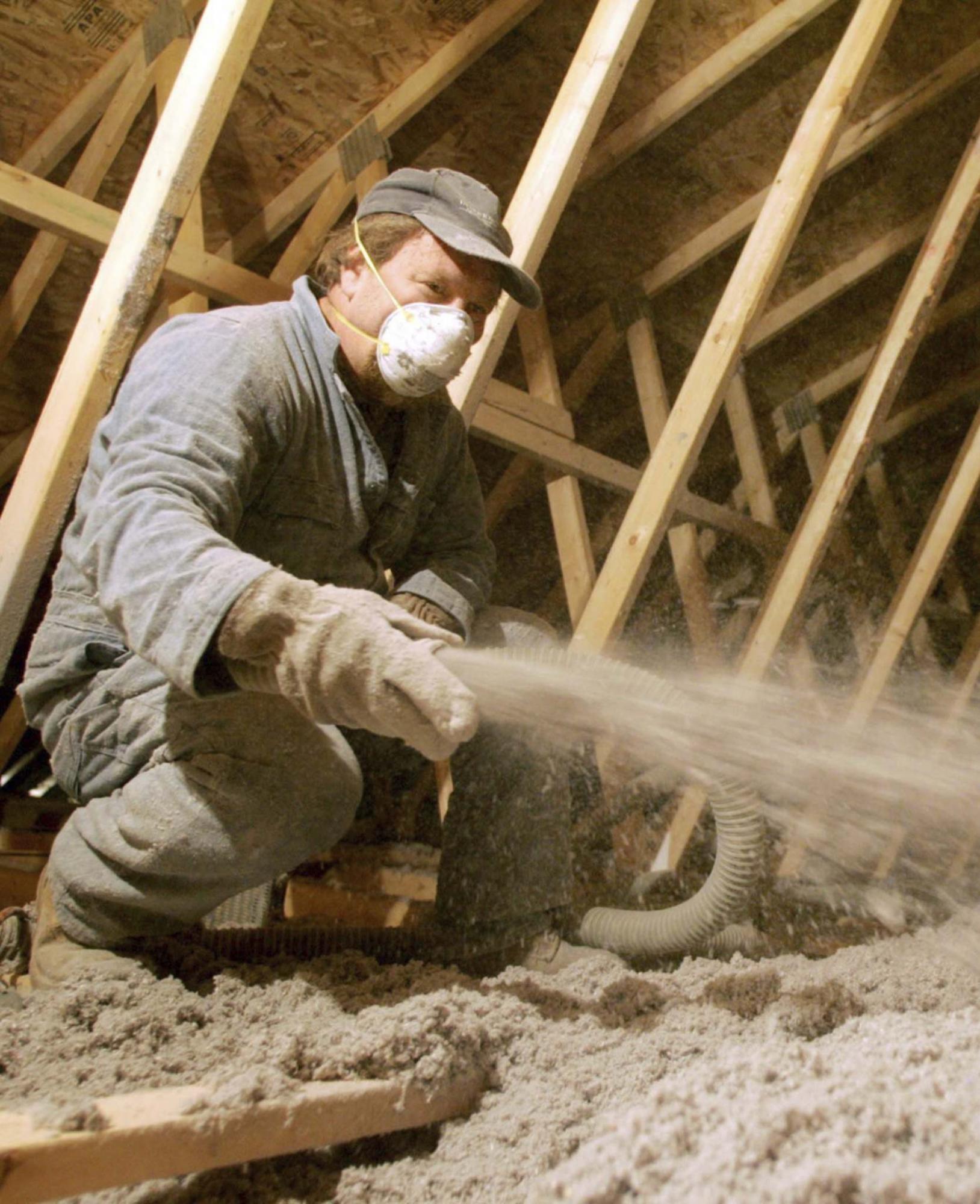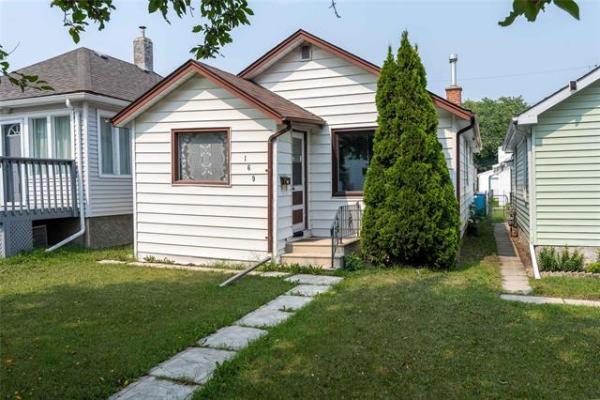
Paul Vernon / AP files
Proper insulation in your attic and taking the time to insulate the plumbing stack can save you issues down the road.
Question: In a previous winter, when it was -30 C, we had a sewer smell in our house. I am wondering if the vents maybe have ice or snow buildup in them? Is there any way to get rid of the smell, without crawling up on the roof in this beautiful weather? Maybe running water through lines or any other ideas?
Thank you, Pat Spraggs
Answer: A sewer smell due to a frozen stack is a fairly common occurrence in our bitterly cold winters and may be remedied by improvements inside the attic, or above the roof line. These may still not be sufficient to prevent freezing over and a call to a properly insured roofer, or snow clearing company, may be required.
I get several calls and e-mails like yours every winter, when the winter temperatures plummet, and there is a significant amount of snow on our roofs. With the recent heavy snowfall and cooler weather, the possibility of frozen plumbing vents is again upon us. While this is not always the cause of stinky odours related to our indoor plumbing, it is the most likely culprit this time of year. In most cases, the problem will be short-lived, until a slightly warmer or sunnier day comes along. Otherwise, crawling up on the snowy roof, if it is relatively low and not too steep, or calling in a roofer or contractor to clear away the ice and snow may be the quickest solution.
Because of the design of our modern plumbing drains we require that one or more of the vent pipes terminate well above the highest drain. This is typically done by extending the vent, or main stack, above the roof. This location is ideal to serve the dual purpose of this vent. The first reason for the vent is to allow air into the top of the drain system to replace the air that is drawn out when water or sewage is expelled. If this air is not sufficient then the drains will not clear properly and problems with plugging and blockage will occur. Ensuring that the vent above the roof is large enough to serve this purpose should have been done properly by the plumber that initially installed the system.
The second purpose of the vent termination location is to expel noxious sewer gas from the pipes. The reason why a rooftop location is ideal is twofold. First, we have to get these gasses out of the house, while preventing them from leaking into the living space. This is accomplished simply by having an open end to the stack at the upper end of the drain pipes. The other reason why a rooftop location is ideal is to ensure the sewer gas dilutes into the outside air well away from any people or pets. Because this gas is normally lighter than air, and often warmer than the ambient conditions, it should easily dissipate well above the area where it can be harmful.
The one downside to this location for the vent termination is because the sewer gas is normally combined with a large amount of very humid air. Due to this high concentration of water vapour in this air/gas mixture, it will be prone to condensation in cold conditions. In older homes, most of the plumbing vent pipes were metal. Because these cast iron and copper pipes are good conductors of heat, they will quickly cool near the top in winter conditions. The warm, moist air coming out of the drain pipes would certainly condense, to some extent, inside these pipes as they exit into the attic or above the roof. If the temperatures are cold enough, this condensation will freeze and may partially or completely block the inside of the vent. Newer homes will have ABS plastic drain pipes that may not get as cold as metal, but can still freeze up, especially on really cold days like you have experienced.
There may be several solutions to this problem, but most will concentrate on keeping the temperature of the vapour warm enough to prevent excessive condensation and freezing, before it reaches the top of the stack. The main way to accomplish this is to add or increase the insulation on the pipe inside the cold attic. This is often accomplished by crawling into the attic through the access hatch and covering the exposed pipes with insulation. This was originally done using mostly flexible fibreglass batting, that was wrapped and taped around the pipe. This proved to have limited success, especially if condensation occurred on the outside of the pipe, wetting the insulation. Using fibreglass embedded between layers of plastic helps, somewhat, but more modern methods proved to be superior.
Using large, flexible foam pipes, that are often slit down one side for easier application, may be the simplest method for insulation. While these may be harder to source than other insulation materials, they can be easily cut with a utility knife and secured using duct tape or plastic construction tape. The other alternative is to cover the entire pipe with a layer or sprayed-on foam. Professional quality, two-part high density foam is the best, but will require hiring a contractor. A DIY option would be to buy several cans of expanding foam, but would be more time consuming to cover the entire piping. There are also a number of other devices that can be applied to the top of the stack, which purport to prevent freezing, but I have not seen much information on their effectiveness or reliability. If insulation of the pipe inside the attic is not successful, contacting a licensed roofer, or snow removal contractor, to climb up on the roof and remove ice and snow is warranted.
Keeping the top of the plumbing drains inside the attic warmer, with proper insulation installation, may help prevent freezing and blockage of your vent pipes. If that doesn’t work, periodic, safe clearing of the top by a professional should stop the odours and sewer gas leakage into your home.
Ari Marantz is the owner of Trained Eye Home Inspection Ltd. and the past president of the Canadian Association of Home & Property Inspectors — Manitoba (cahpi.mb.ca). Questions can be emailed to the address below. Ari can be reached at 204-291-5358 or check out his website at trainedeye.ca.
trainedeye@iname.com



